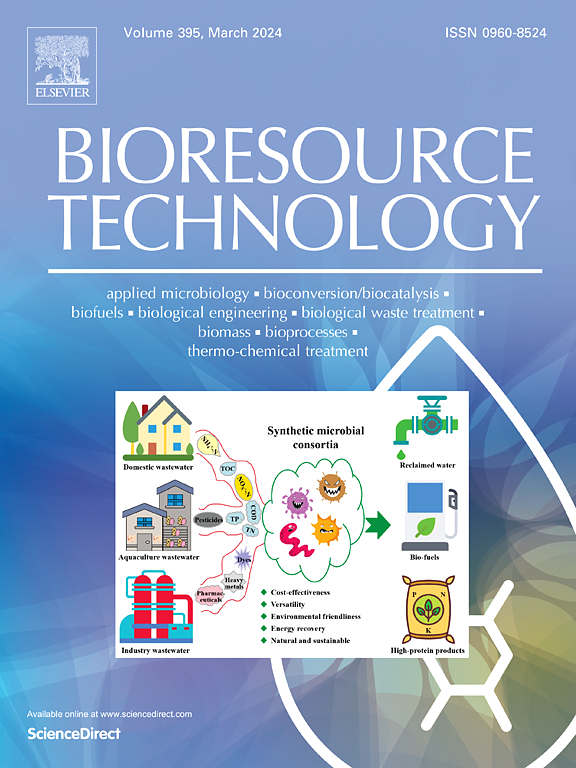Multi-faceted effects and mechanisms of granular activated carbon to enhance anaerobic ammonium oxidation (anammox) for nitrogen removal from wastewater
IF 9.7
1区 环境科学与生态学
Q1 AGRICULTURAL ENGINEERING
引用次数: 0
Abstract
Nitrogen removal via anammox is efficient but challenged by their slow growth. Adding granular activated carbon (GAC) increased the total nitrogen removal rate to 66.99 g-N/m3/day, compared to 50.00 g-N/m3/day in non-GAC reactor. Both reactors dominated by Candidatus Brocadia (non-GAC: 36.25 %, GAC: 35.5 %) but GAC improved specific anammox activity. Functional metabolic profiling from metagenomic analysis unveiled that GAC enhanced pathways associated with electron shuttle production, potentially promoting intra/extracellular electron transfer. In nitrogen metabolism, GAC is indicated to facilitate anammox N2H4 synthesis process, and inhibit nitrification and full denitrification processes, functioned by Nitrosomonas and Castellaniella which are more abundant in the non-GAC reactor. GAC also enhanced dissimilatory nitrate reduction to ammonium and partial denitrification processes, providing anammox with NH4+/NO, which was conducted by Anaerolineae members (29.7 % in GAC-reactor and 7.8 % in non-GAC reactor sludge). This research illuminated the intricate microbial nitrogen cycling networks affected by GAC in anammox systems.

颗粒活性炭对废水厌氧氨氧化(anammox)脱氮的多方面影响及其机理。
厌氧氨氧化脱氮效率高,但其生长速度慢。添加颗粒活性炭(GAC)使总氮去除率达到66.99 g-N/m3/day,而非GAC反应器的总氮去除率为50.00 g-N/m3/day。两个反应器均以Brocadia Candidatus为主导(非GAC: 36.25 %,GAC: 35.5 %),但GAC提高了特定厌氧氨氧化活性。宏基因组分析的功能代谢谱显示,GAC增强了与电子穿梭产生相关的途径,可能促进细胞内/细胞外电子转移。在氮代谢方面,GAC促进厌氧氨氧化N2H4合成过程,抑制硝化和完全反硝化过程,由非GAC反应器中更丰富的亚硝化单胞菌和卡斯特兰菌起作用。GAC还促进了硝酸盐的异源还原为氨氮和部分反硝化过程,为厌氧氨氧化提供了NH4+/NO,厌氧菌在GAC反应器中为29.7 %,在非GAC反应器污泥中为7.8 %。本研究揭示了厌氧氨氧化系统中GAC对微生物氮循环网络的影响。
本文章由计算机程序翻译,如有差异,请以英文原文为准。
求助全文
约1分钟内获得全文
求助全文
来源期刊

Bioresource Technology
工程技术-能源与燃料
CiteScore
20.80
自引率
19.30%
发文量
2013
审稿时长
12 days
期刊介绍:
Bioresource Technology publishes original articles, review articles, case studies, and short communications covering the fundamentals, applications, and management of bioresource technology. The journal seeks to advance and disseminate knowledge across various areas related to biomass, biological waste treatment, bioenergy, biotransformations, bioresource systems analysis, and associated conversion or production technologies.
Topics include:
• Biofuels: liquid and gaseous biofuels production, modeling and economics
• Bioprocesses and bioproducts: biocatalysis and fermentations
• Biomass and feedstocks utilization: bioconversion of agro-industrial residues
• Environmental protection: biological waste treatment
• Thermochemical conversion of biomass: combustion, pyrolysis, gasification, catalysis.
 求助内容:
求助内容: 应助结果提醒方式:
应助结果提醒方式:


